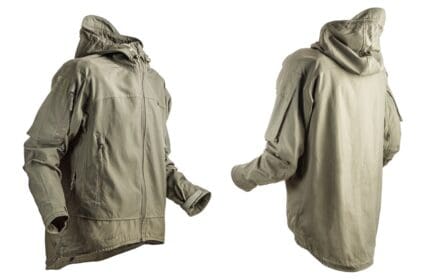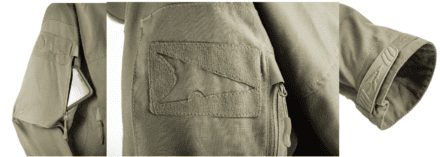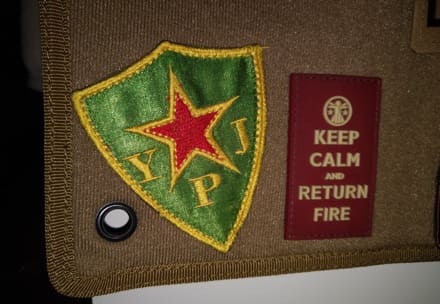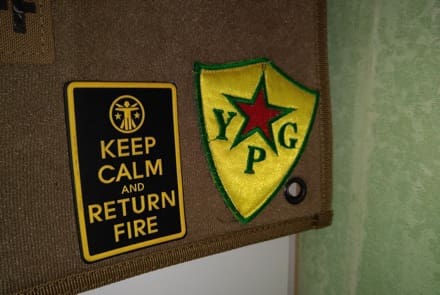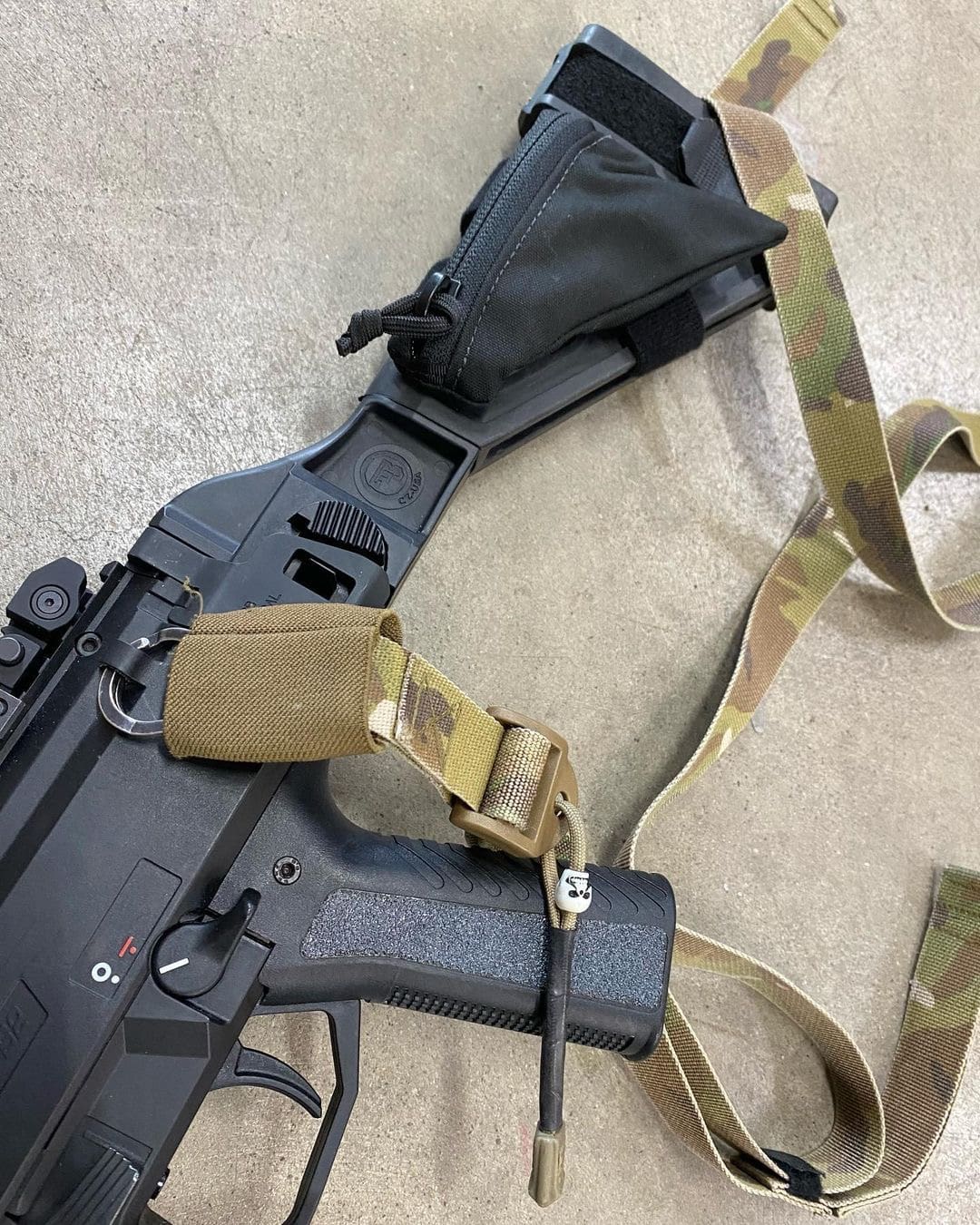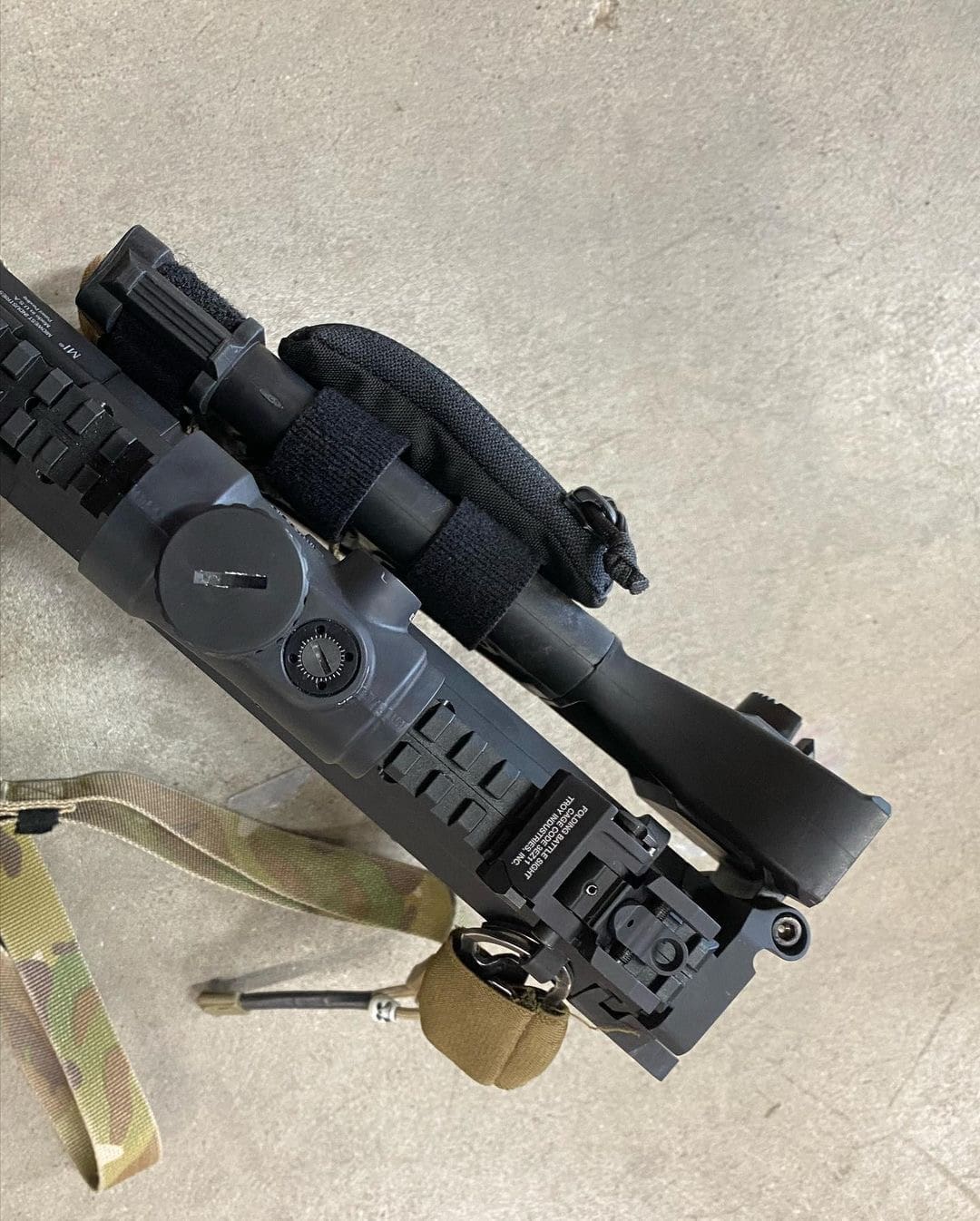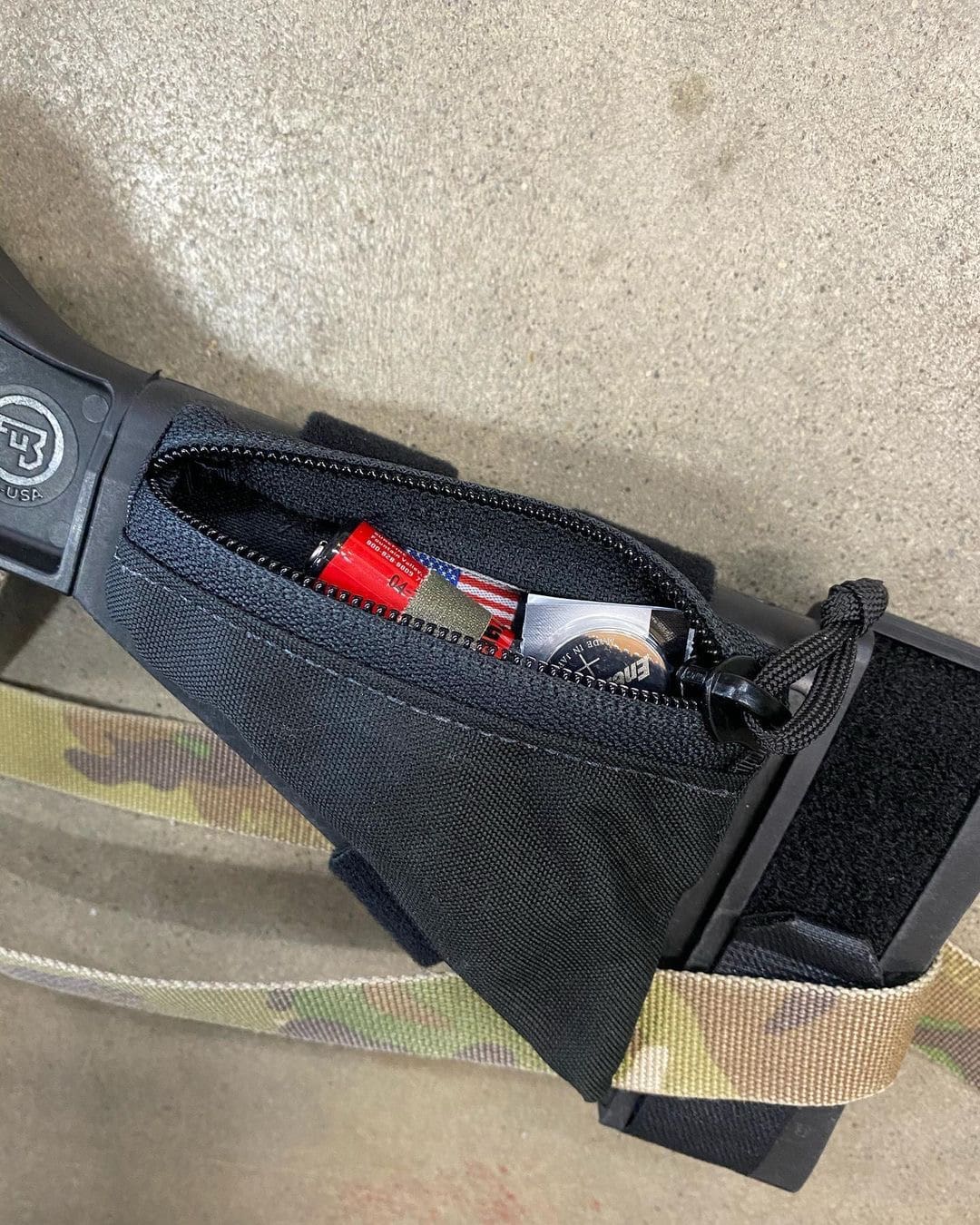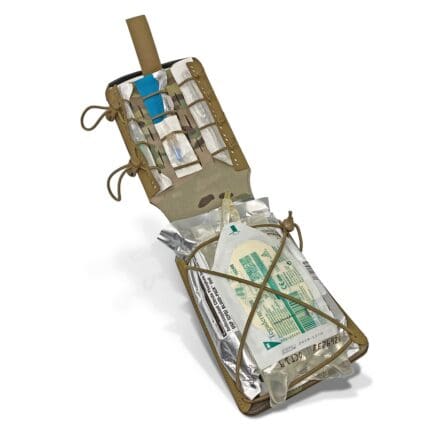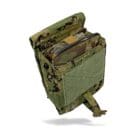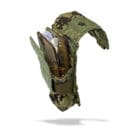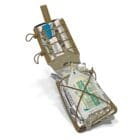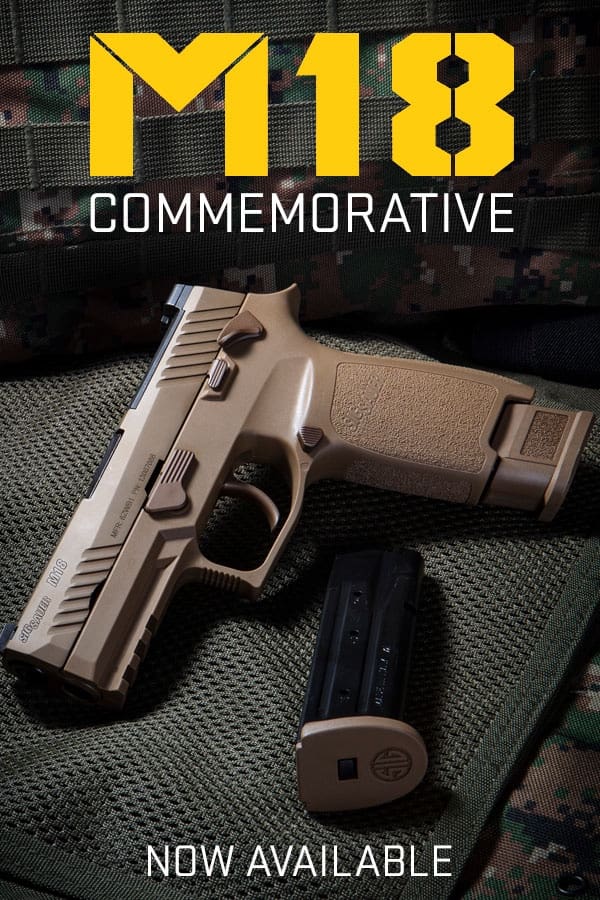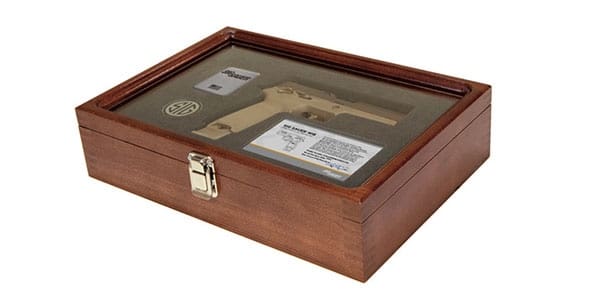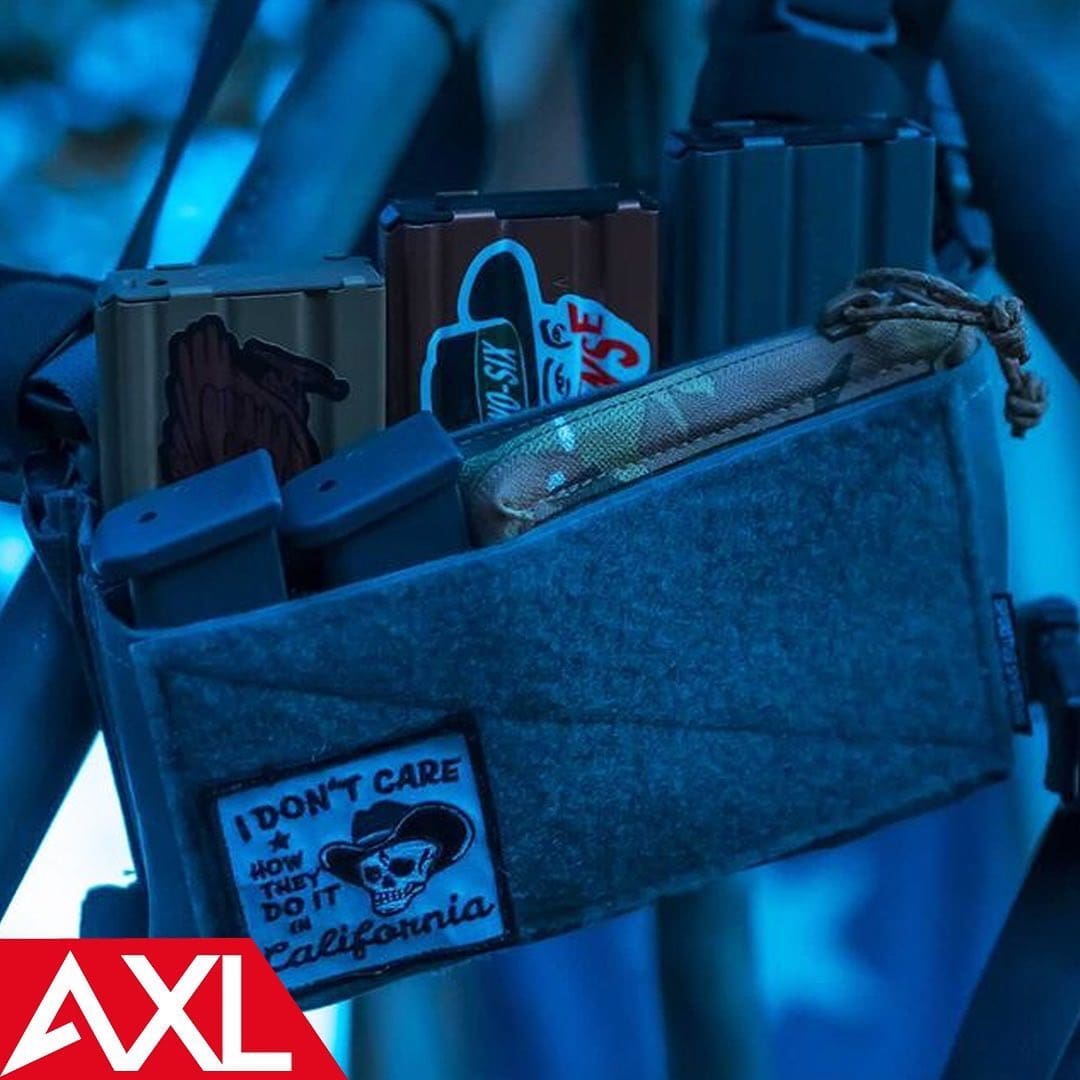Rochester, NY, January 25, 2021 — The US Small Business Association (SBA) recently selected BlackBox Biometrics®, Inc. (B3) to receive the prestigious Tibbetts Award, recognizing the company for its impact and achievement with the Small Business Innovation Research (SBIR) program. Using funding and program support from a Navy SBIR, B3 revolutionized wearable explosive blast monitoring with the industry leading Generation 7 Wireless Blast Gauge® System, enabling the Department of Defense (DoD) to effectively monitor thousands of servicemen and women and improve their blast-related safety.
The SBA recognizes companies who exemplify the spirit of the SBIR/STTR programs with Tibbetts Awards. These awards not only recognize successes, but help the SBA document the economic, technical, and societal benefits of these programs.
By 2011, over 200,000 U.S. servicemembers had already been diagnosed with Traumatic Brain Injury (TBI). With nothing available to measure the blast forces that often resulted in undetectable head injuries, soldiers and medical personnel were forced to face the effects of these injuries with inconsistent and subjective data about their causes.
B3’s team developed the first Blast Gauge, a small, wearable device to measure blast exposure and cue medics to provide appropriate first-line treatment. By 2013, Blast Gauge data revealed that 75% of blast events occurred in training with the troops’ own weapons. At the same time, research emerged suggesting repetitive low-level blast might cause as much harm to the warfighter’s brain as a single, larger blast exposure. Using a Navy SBIR, B3 upgraded the Blast Gauge to measure these low-level blasts, resulting in a Phase III award from the Office of Naval Research, selection as the sensor of record by the CONQUER Program – the largest military blast exposure monitoring program ever conducted – and selection for another SBIR from the Army. The Blast Gauge has been fully commercialized with over 600,000 delivered to DoD, law enforcement, and international military users.
“SBIR funding and program support were essential in allowing B3 to take the Blast Gauge to the next level, where it now better supports our servicemembers,” says the CEO of BlackBox Biometrics, Matt Boccia. “As the industry leader in individual blast dosimetry, we are excited to continue to advance the capabilities of the Blast Gauge to meet the future needs of the nation’s warfighters, and plan to continue to use SBIR and STTR funding opportunities wherever appropriate to accelerate that development.”
B3 is proud to be recognized for leveraging the SBIR program to stimulate technological innovation, generate business impacts, and spur economic as well as broader societal benefits.
For More Information Contact:
Scott Featherman, BlackBox Biometrics, Inc.
(585) 329-3399
scott.featherman@b3inc.com


